San Diego has emerged as the primary hotspot for migrant apprehensions in the U.S., recording the highest number of incidents last month.
The surge is attributed to stricter border enforcement in other states, pushing migrants toward more lenient regions like California. This development aligns with the state’s reputation as a more accessible entry point.
Record-Breaking Migrant Crossings in San Diego
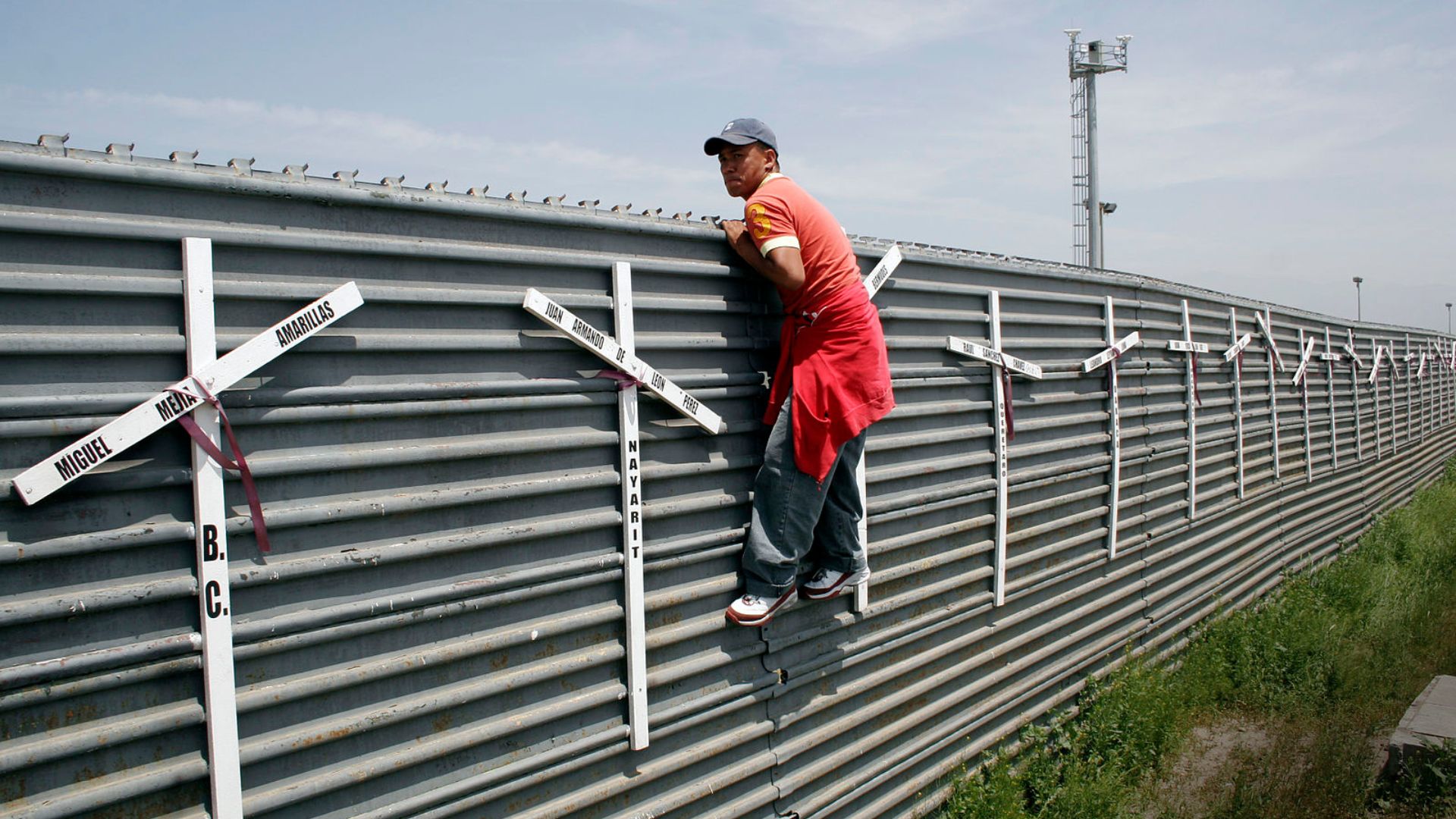
The San Diego sector reported an unprecedented influx of 37,370 migrants last month, illustrating a dramatic shift in migration patterns across the Southern California border.
This figure significantly surpasses previous records, indicating a new trend in the paths migrants are taking into the United States.
San Diego Overtakes Tucson in Border Crossings
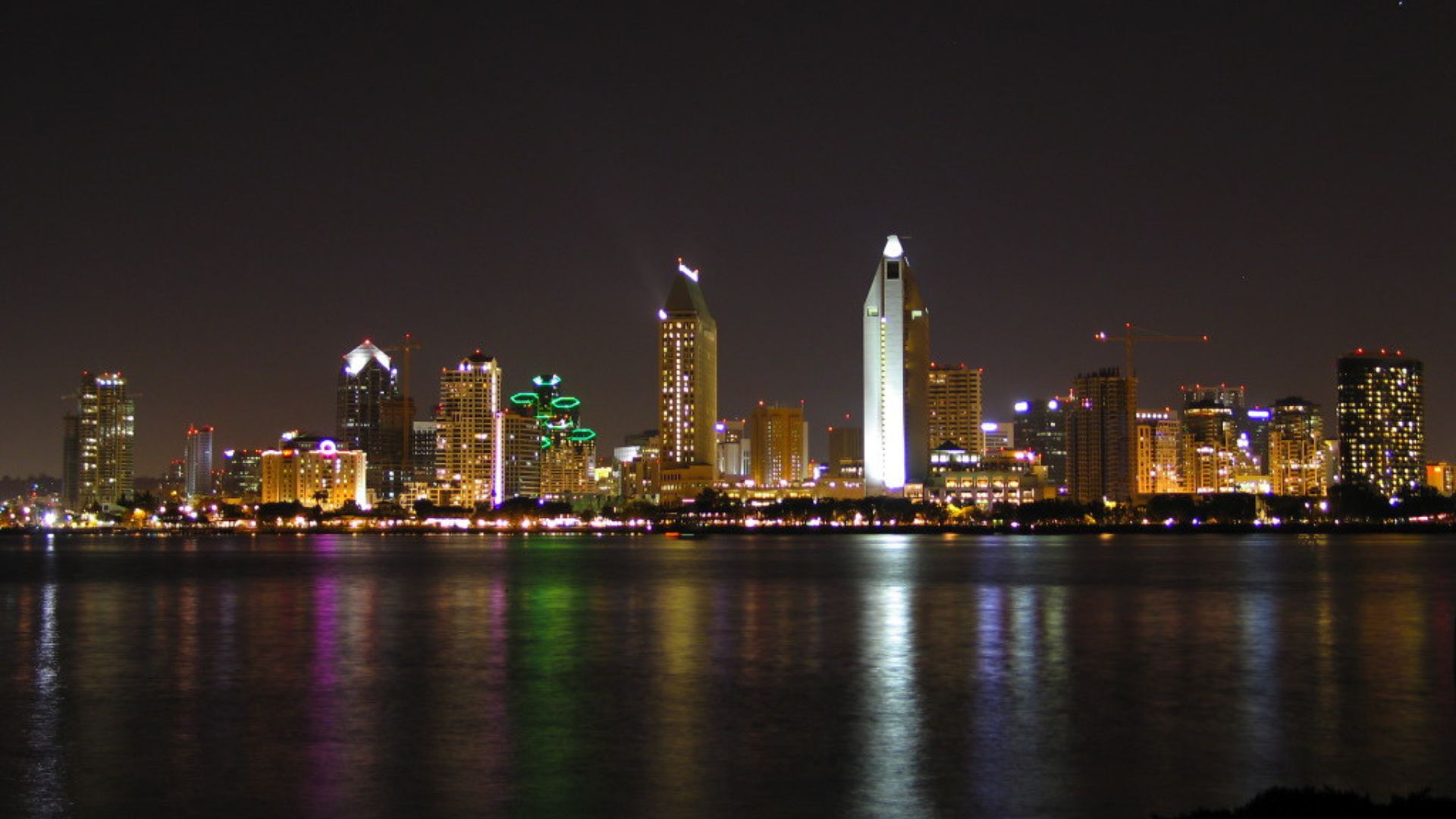
Recently, San Diego surpassed Tucson, Arizona, as the busiest sector for U.S. border crossings.
While Tucson registered 31,219 border encounters, San Diego’s numbers rose higher, reflecting the shifting dynamics of migration across these key border cities.
Rise in Crossings at El Paso Sector
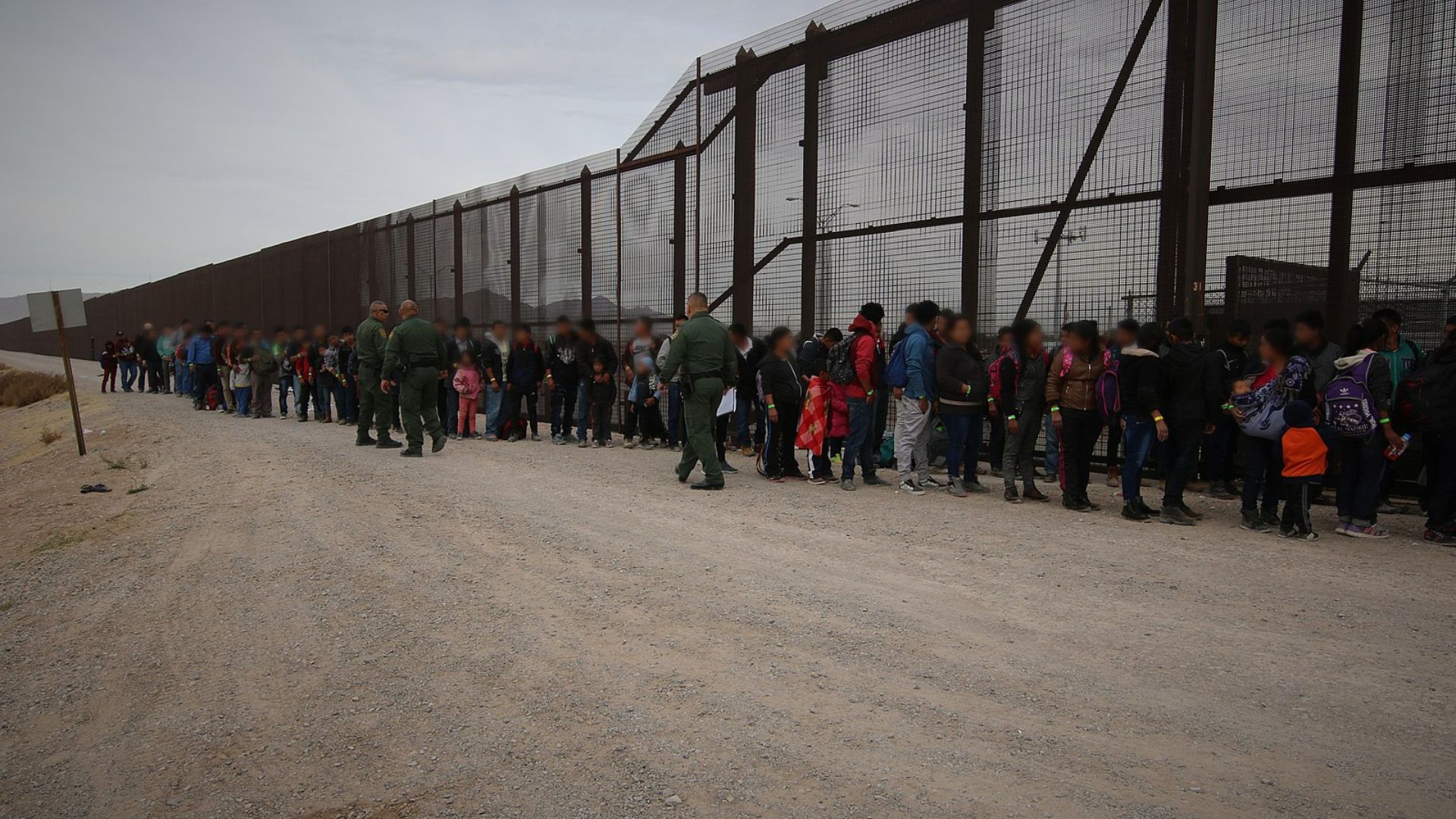
The El Paso sector, which encompasses both West Texas and all of New Mexico, also experienced an increase in migrant crossings, securing third place nationally with 30,393 incidents.
This illustrates the widespread changes in migration routes and the challenges faced by border enforcement agencies.
Anticipated Increase in San Diego Sector
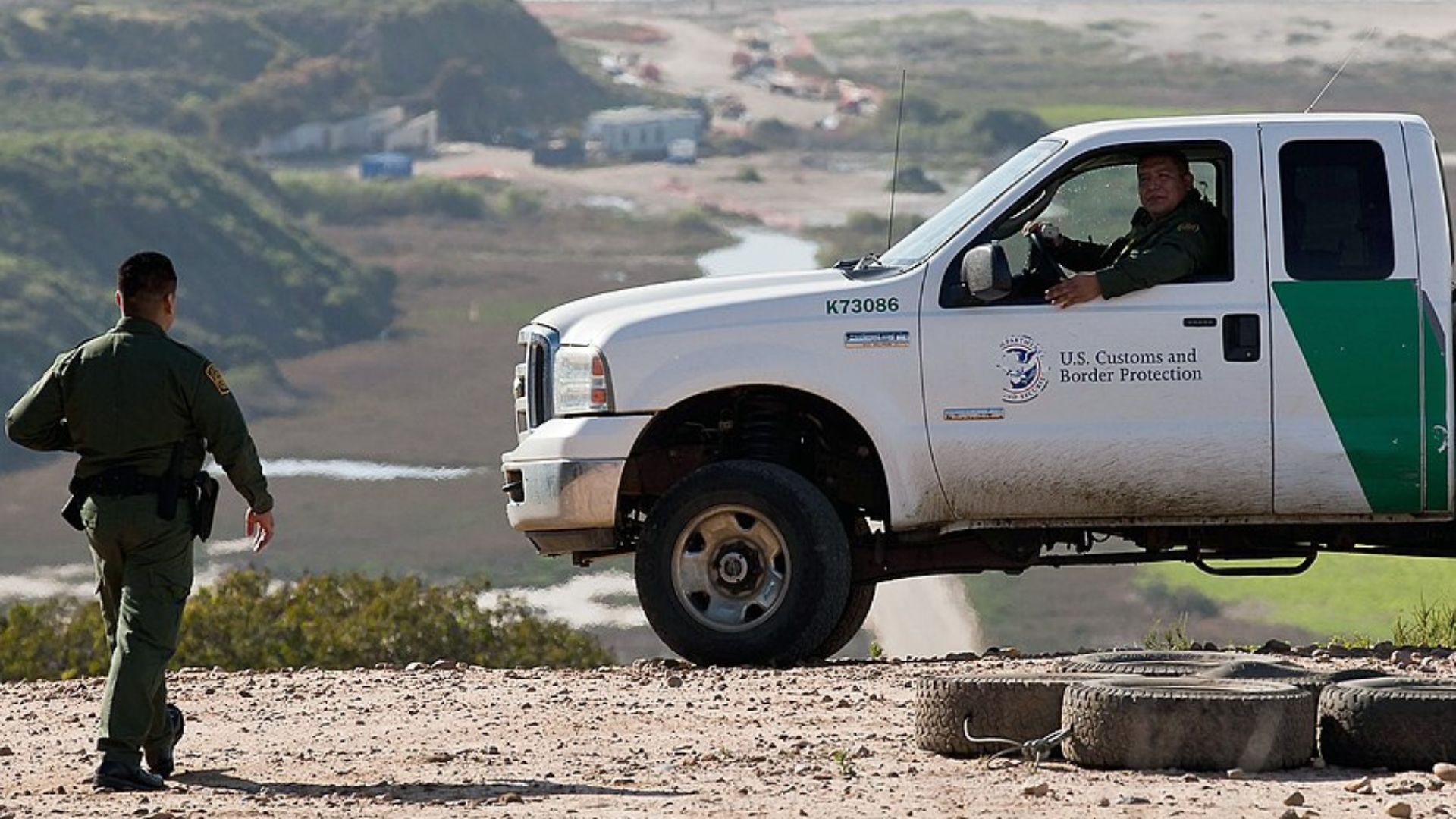
Local officials had anticipated the rise in migrant activity in San Diego due to ongoing trends over the past months.
The sector has seen a significant influx of migrants, reaching up to 6,000-8,000 border crossers weekly, indicating a building crisis.
Official Comments on Migration Trends
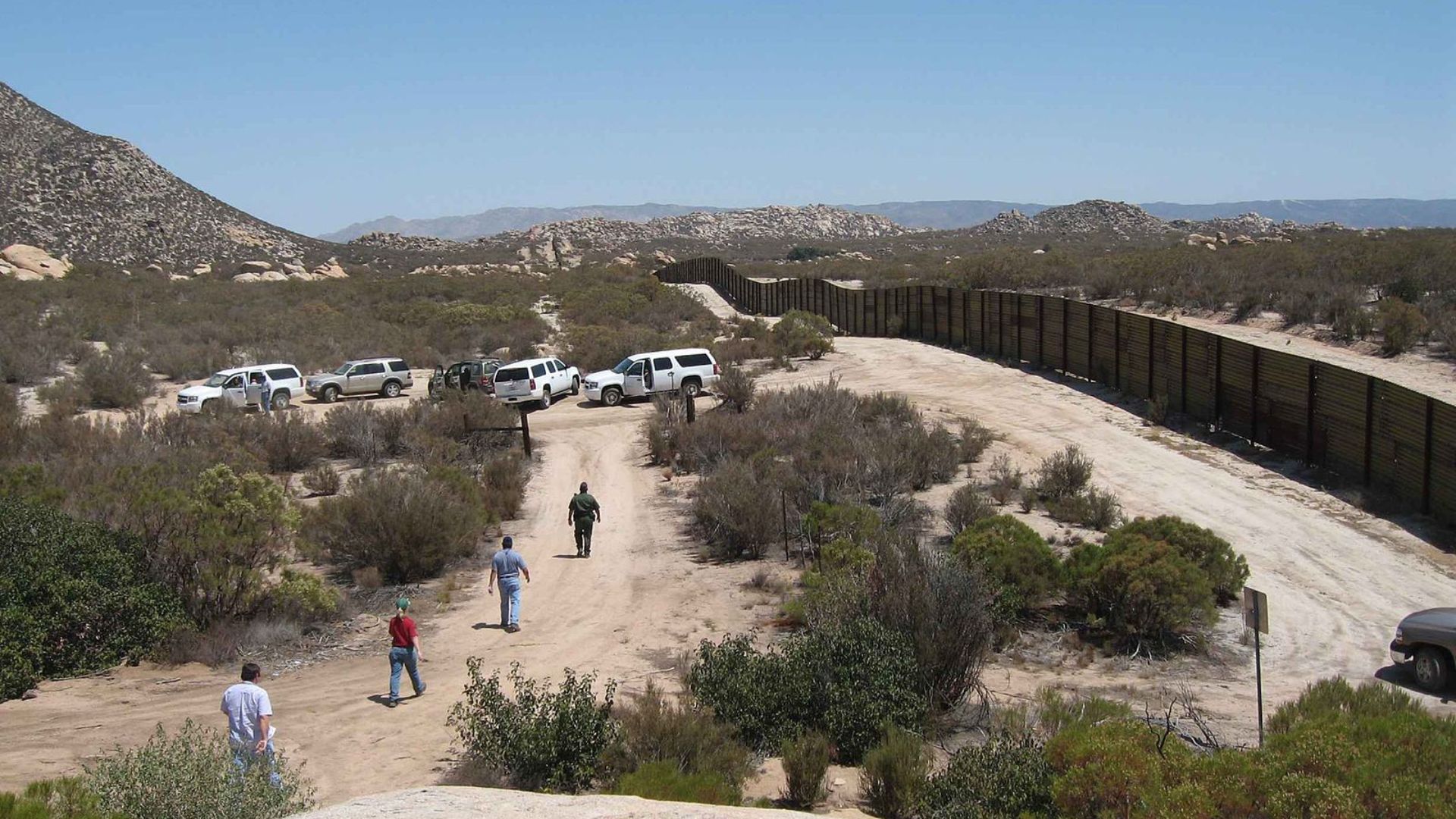
San Diego County Commissioner Jim Desmond expressed his views on the situation.
He stated, “Unfortunately, I’m not surprised,’… ‘Texas is clamping down and other areas are clamping down. Here in California, they’re allowed to walk in unimpeded. They’re going to follow the path of least resistance, and the least resistance is in California.”
Texas Tightens Border Control
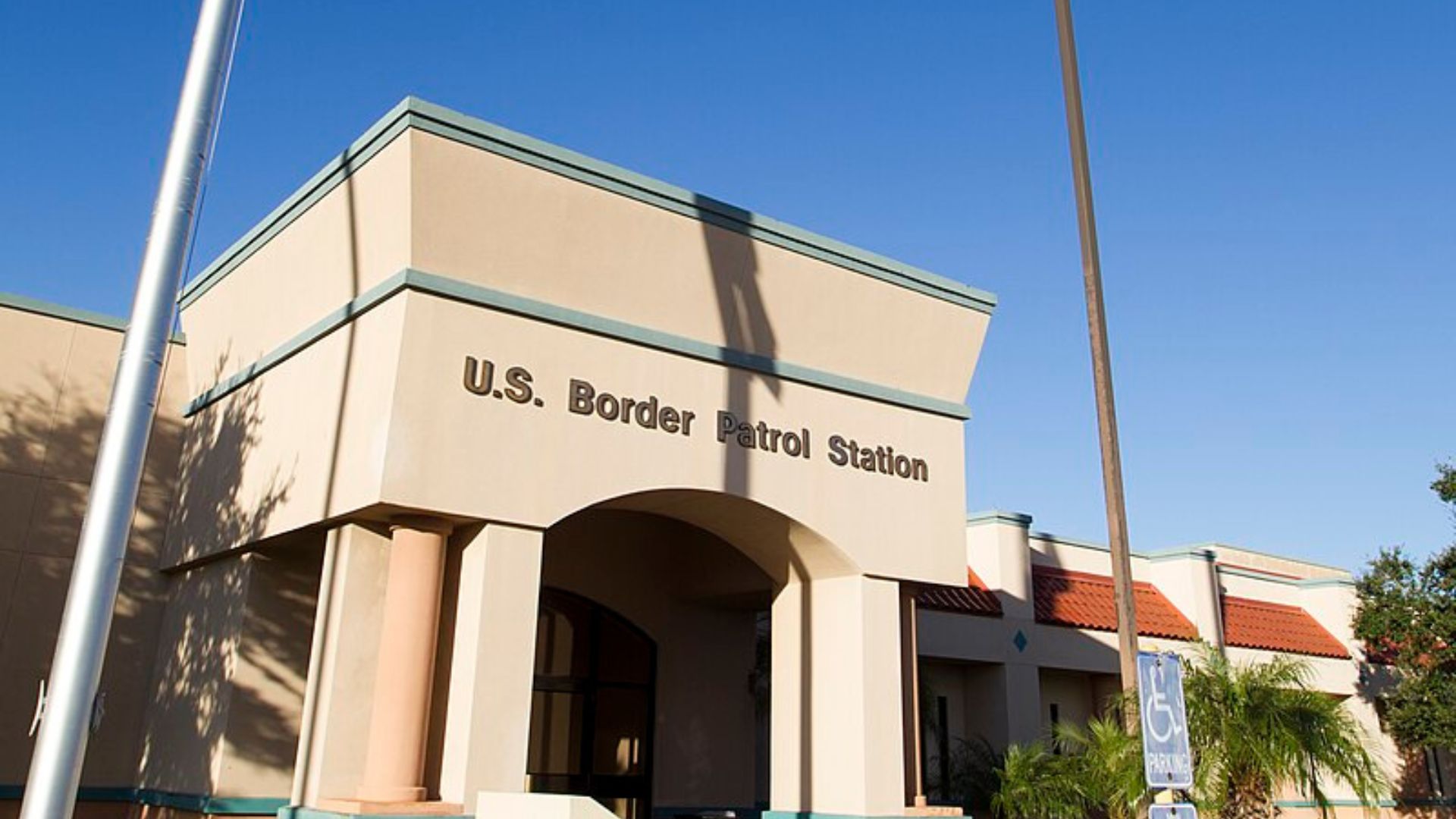
In response to the escalating crisis, Texas has implemented stricter border control measures, including seizing parks frequently used by migrants to enter the U.S.
These measures have influenced migration patterns, directing more migrants towards states with less stringent controls.
Cartel Influence on Migration Routes

The influence of drug cartels on migration patterns is significant, as they often control the routes used by migrants to cross into the U.S.
This criminal control affects the locations and intensity of border crossings, making the migration issue even more complex.
Mexican Government’s Role in Controlling Migration
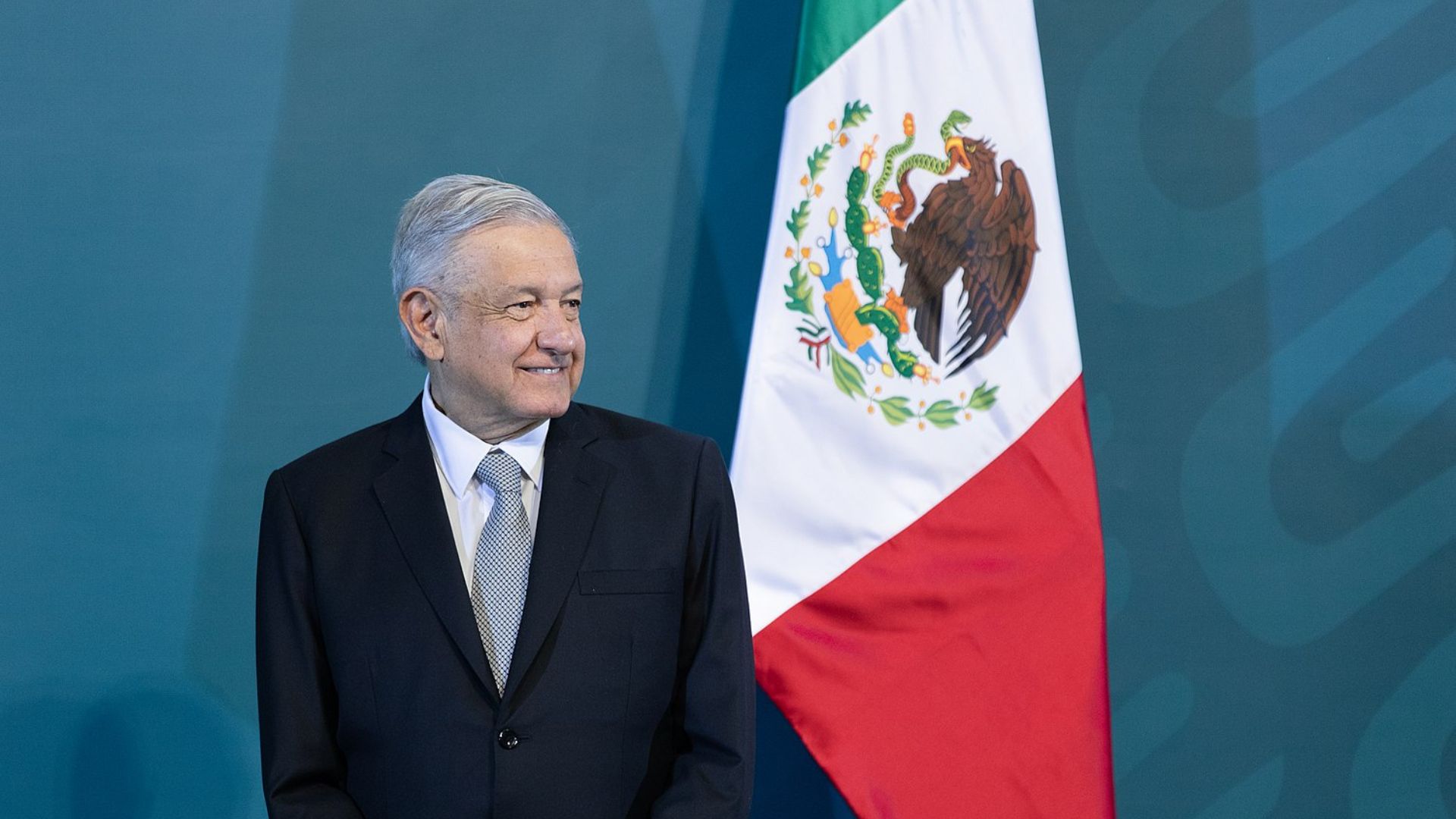
Efforts by the Mexican government to manage and reduce migration before migrants reach the U.S. border have led to decreased crossing numbers.
These efforts are part of broader attempts to address the migration issue collaboratively across borders.
Recent Migrant Entry Statistics
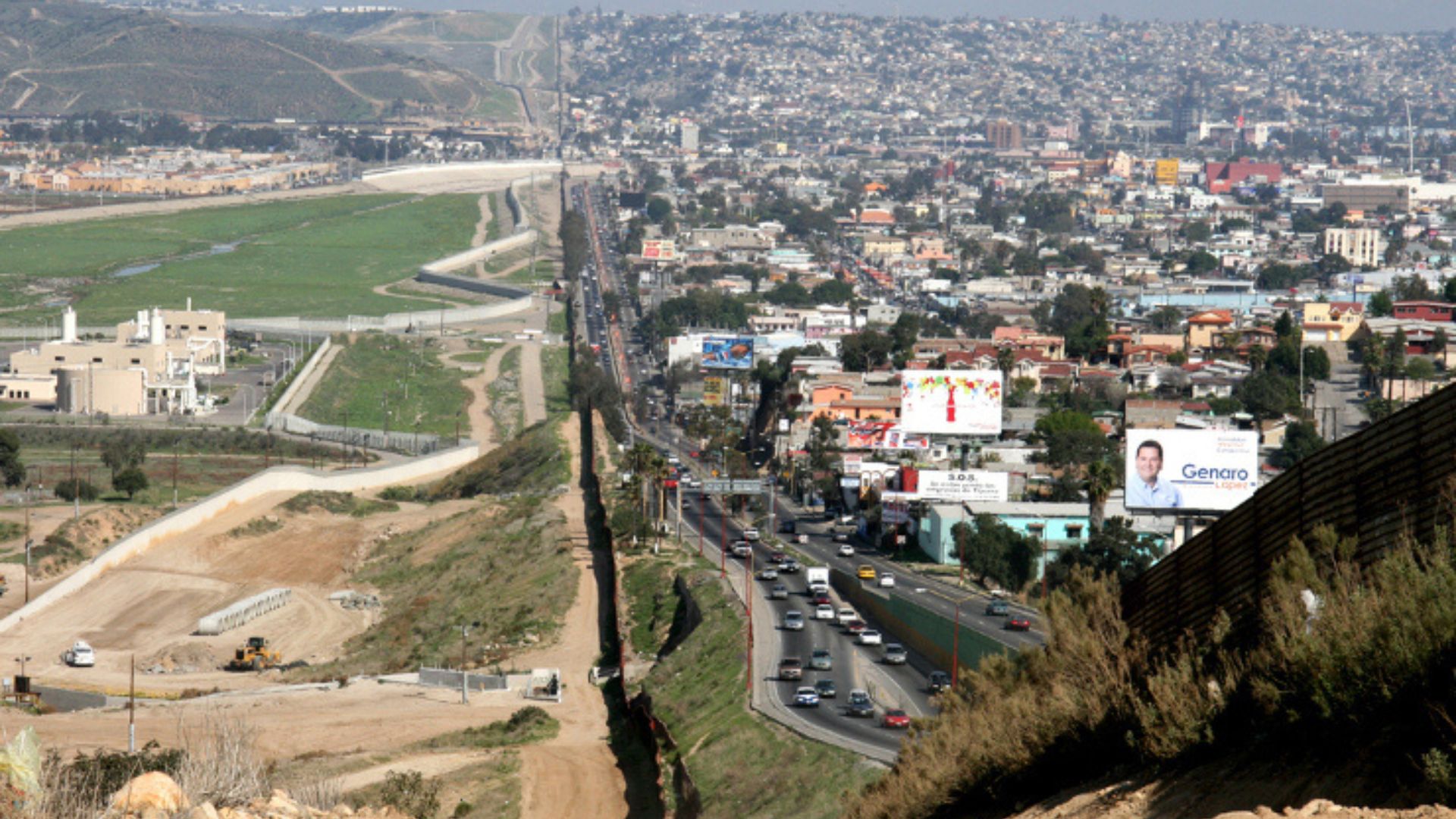
Despite a decrease in overall numbers, the U.S. still saw 247,837 illegal border crossings in April.
This number, although lower than previous months, demonstrates the ongoing challenges at the border and the scale of migration facing the U.S.
Impact of Closing Local Migrant Shelter
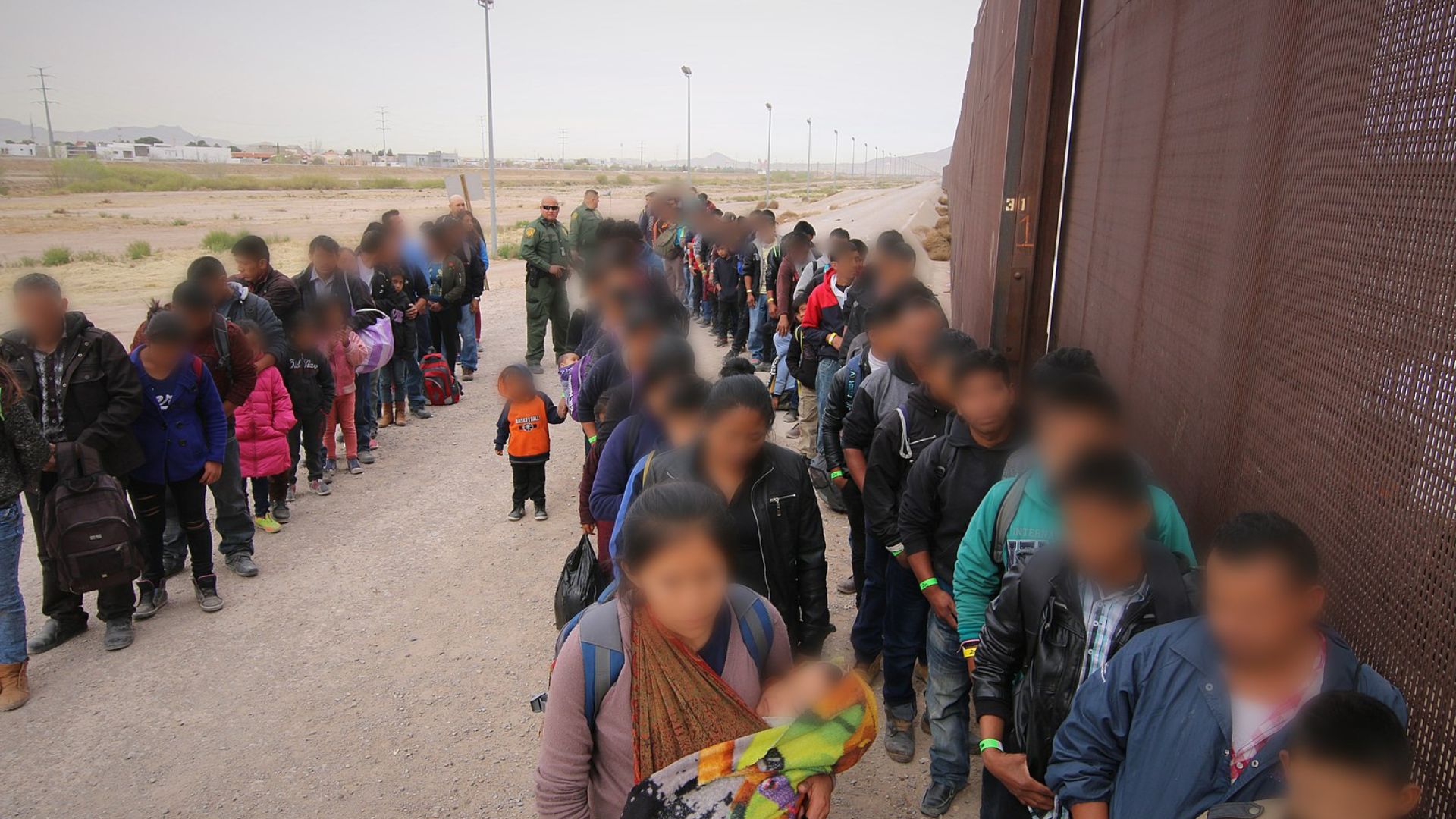
With the closing of the local migrant shelter, migrants arrested in the San Diego sector are being released onto the streets.
This has increased the visibility of migrants in the community, particularly at transportation hubs, adding to the local challenges.
Strain on San Diego’s Airport and Infrastructure
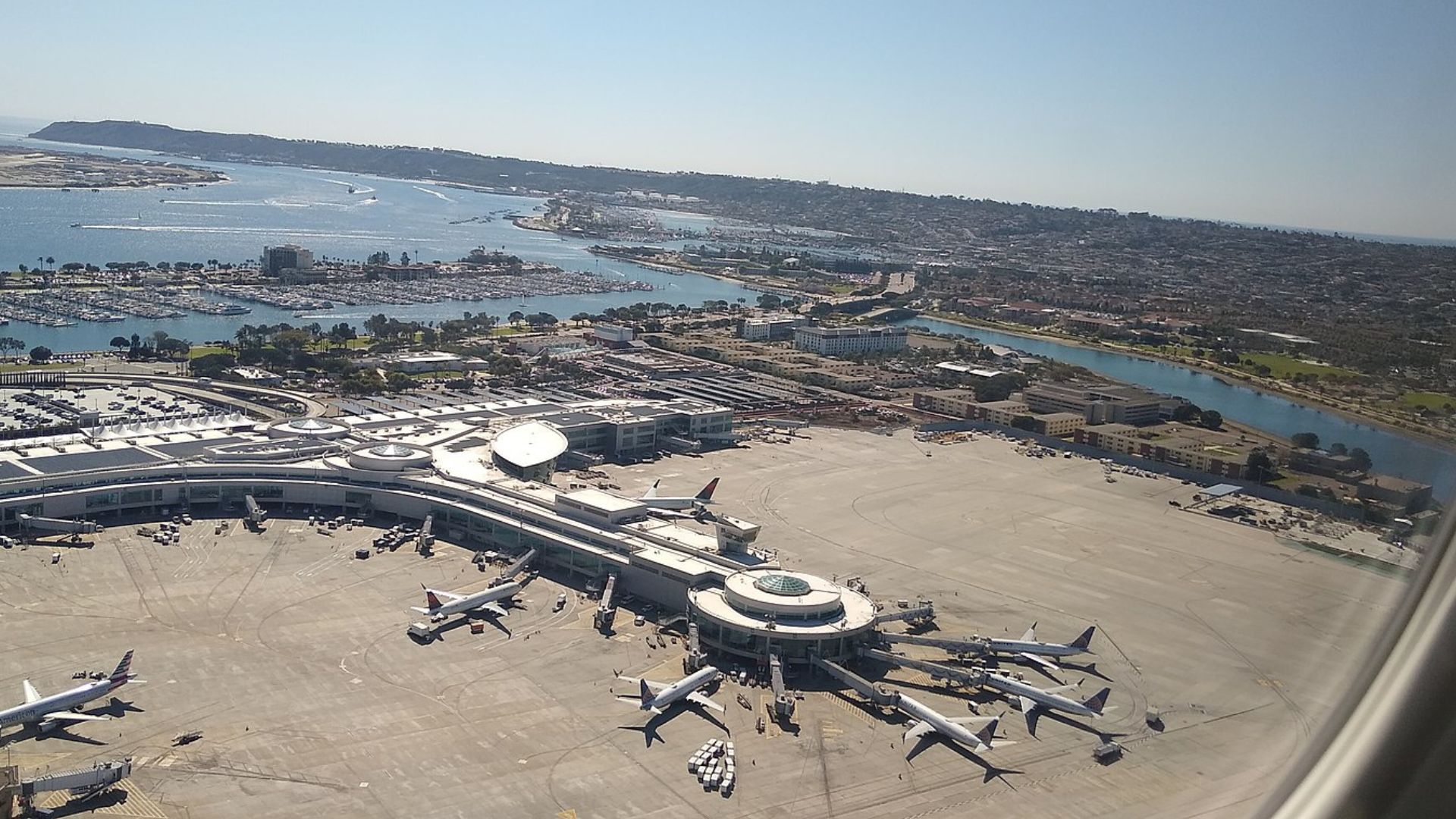
Commissioner Desmond highlighted the burdens on local infrastructure, especially the airport, where migrants often wait for days to secure flights to their final destinations.
He said, “The biggest burden here lately has been our airport. Luckily a lot of them are flying to other parts of the country, but we’re a tourist community. People coming to San Diego, they see all the people sleeping there. It looks bad.” This situation has put a strain on the city’s resources and its image as a tourist destination.
